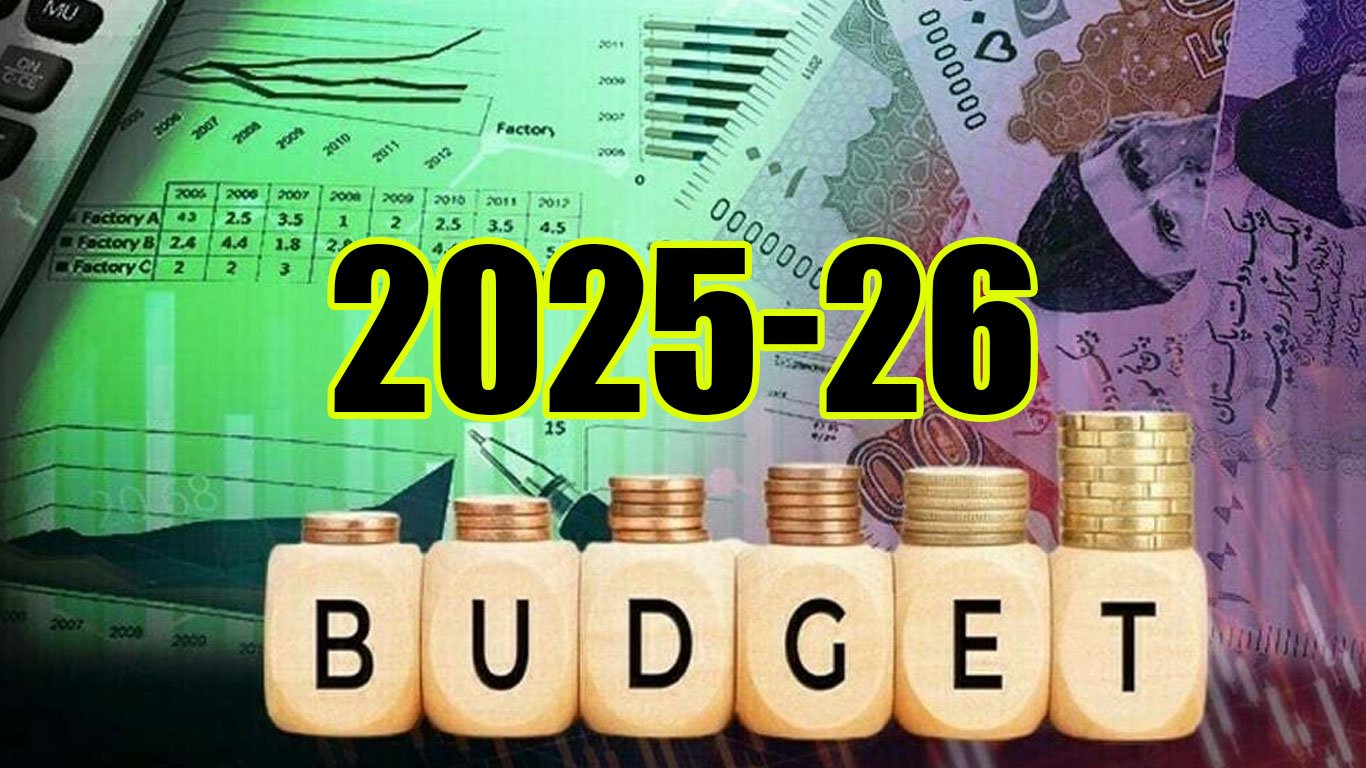A Budget of Reform? Evaluating Pakistan’s Fiscal Vision for 2025-26
Imama Khan
19 June 2025


Pakistan’s budget for the 2025-26 fiscal year, focuses on macroeconomic stability and structural reforms rather than short-term relief. Key targets include a GDP growth of 4.2% and inflation capped at 7.5%. The budget emphasizes investment, with a projected 14.7% investment-to-GDP ratio and a significant increase in tax collection. While the government aims to broaden the tax base and modernize the economy, the approach may have political implications, particularly for the urban middle class.
Anticipation is mounting across all sectors as Pakistan is set to present its federal budget for the fiscal year 2025-26. The budget could be a reform document amidst an environment of cautious optimism and the country’s renewed engagement with the IMF. Based on what the Minister of Finance and other reliable sources have revealed, the budget aims to target macroeconomic stability and structural discipline. This aligns with the government’s ambition to build investor confidence, boost fiscal figures, and move towards a more formalized, digitalized, and integrated economy. Pakistan is now placing more emphasis on reform than relief, prioritizing long-term stability over short-term populism.
The macroeconomic targets are led by a projected GDP growth of 4.2% and an inflation limit set at 7.5%, reflecting the country’s realistic approach to economic recovery after several years of economic volatility. These figures suggest that the government aims to stabilize the economy’s fundamentals. A 4.5% growth target in the agricultural sector signals an attempt towards stability in rural livelihoods and food supply chains. The industrial sector is also set to play a central role, with large-scale manufacturing expected to grow by 3.5% and small-scale industries by 8.9%. This reflects the recognition of informal and cottage-based industries. The services sector growth is expected to be 4%, focusing on financial services, property, and IT, signaling the government’s understanding of the importance of diversity. The focus on these vital sectors is not only going to serve domestic demand but also play a role in attracting foreign investment. Together, these targets reflect an attempt to balance growth with social stability. However, meeting these goals will require more than numbers and functional governance.
The investment-to-GDP ratio is projected at 14.7%, of which 3.2% will come from public investment and 9.8% from private investment. National savings are projected at 14.3%. If this figure is achieved, it would mark an improvement in self-reliance. The realization of these figures hinges on deepening the formal economy, which the government is addressing by discouraging cash transactions through increased taxes on cash-based retail sales. Although these steps have been met with mixed reactions, their long-term potential for improving revenue collection and reducing evasions outweighs short-term inconveniences. Transitioning to a more traceable and documented economy is essential for fiscal sustainability. However, it also risks alienating sectors that are resistant to digital formalization. Managing this transition without disrupting livelihoods will be a delicate balancing act.
The government also plans to raise the FBR’s collection to around Rs 14.3 trillion, a 16-18% increase from the previous year. While this step aligns with broader fiscal goals, it is no small task, especially considering the need to introduce an additional Rs 500-600 billion in new tax measures. Within the same context, the government plans to expand GST on petroleum products, increase federal excise duties on items such as sugary drinks, cigarettes, ultra-processed foods, and tax high pensions. While these steps may seem austere initially, they are more than necessary in a constrained fiscal environment. This approach marks a clear preference for broadening the tax base instead of borrowing. However, the political cost of such tax measures may become a major point of contention, especially among middle-class and urban voters.
The budget is set to be aligned with the key benchmarks set by the IMF: no tax amnesties, broader inclusion of previously exempt regions into the tax net, and efforts to close gaps in retail taxation. New levies on freelancers and online earners are also under consideration, reflecting the government’s intent to modernize the tax base to align with the current economic realities. As for the salaried class, the space for concessions is very limited, as the government is preserving fiscal space to meet debt and primary surplus targets. This strategy signals fiscal discipline but may strain sections of the urban middle class already facing stagnating wages. The IMF-aligned approach will likely win global confidence but may lose domestic political capital.
The Pakistan budget for 2025 to 2026 is geared to be a structured, reform-focused, and pragmatic document rather than a populist one, aiming to blend immediate needs with structural imperatives. The government is using its available space to reinforce credibility with international lenders, signal continuity of reform, and create a framework where future growth can be inclusive and sustainable. Considering the instability and economic fragility that the country has gone through in the recent past, the government’s ability to present a forward-looking, grounded budget is itself a mark of resilience.
The real challenge lies in the execution and implementation of the projections and plans. If the government can maintain momentum and deliver on the said reforms, the upcoming budget may well mark the beginning of a more stable fiscal future for Pakistan.


The Centre for Aerospace & Security Studies (CASS) was established in July 2021 to inform policymakers and the public about issues related to aerospace and security from an independent, non-partisan and future-centric analytical lens.

@2025 – All Right Reserved with CASS Lahore.